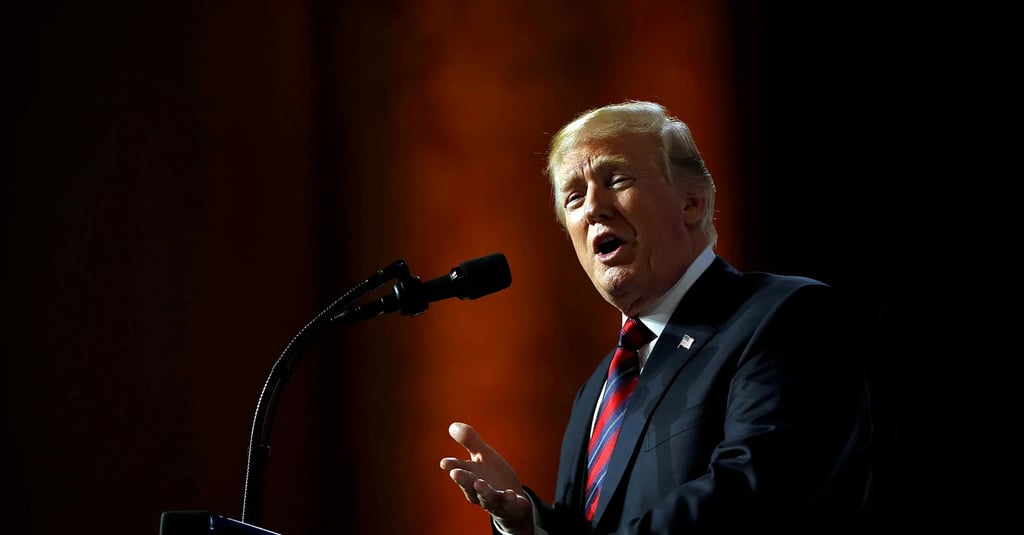Markets React to Trump's Tariff Escalation, but Optimism Remains
Despite U.S. President Donald Trump’s latest tariff measures against Mexico, Canada, and China, markets are not yet pricing in a prolonged global trade war. While stocks have dipped and certain assets have taken a hit, investors still appear hopeful for a negotiated resolution.
BUSINESSMARKETS
Ke Press Global
2/8/20252 min read


Financial markets are grappling with the impact of President Donald Trump's decision to impose steep tariffs on Mexico, Canada, and China, yet optimism remains that a full-blown trade war can be averted. While stocks fell on Monday in response to the announcement, investors do not yet seem to be expecting a prolonged economic conflict.
The tariffs, which immediately place 25% levies on imports from neighboring Mexico and Canada, are far more aggressive than many had anticipated. Deutsche Bank analysts estimate that these measures are roughly five times larger in scale than all of Trump’s trade actions in his first administration. The fallout has been particularly severe for assets closely tied to trade with the U.S.—the Mexican peso dropped to its lowest value against the dollar in nearly three years, and concerns are rising over potential further tariffs on Europe and China.
Despite these developments, investors remain cautiously optimistic. Barclays analysts estimate that the latest tariffs could reduce earnings per share for S&P 500 stocks by nearly 3%, even before considering potential new tariff battles with Europe and China. However, S&P 500 futures were down only about 1.5% on Monday morning, suggesting that markets are not yet panicking.
Some European stocks have taken a larger hit. For example, Stellantis, a $37 billion automaker reliant on cross-border trade, saw its shares drop by more than 6%, though this remains below the 12% earnings hit projected by RBC analysts.
Bond markets, meanwhile, are only beginning to react. While short-term U.S. Treasury yields have risen—indicating inflationary pressures that could complicate Federal Reserve rate cuts—two-year yields are still below last week’s levels, signaling that investors do not anticipate an imminent shift in monetary policy.
The relatively restrained market response can be attributed to several factors. Businesses may adjust by raising prices or relocating production to the U.S., and Trump’s strategy could involve using tariffs as leverage for quick trade concessions rather than waging an extended economic battle. Additionally, he may struggle to impose similarly aggressive tariffs on multiple major trading partners at once, making a drawn-out series of negotiations more likely than a global trade war.
However, Trump’s willingness to strike a deal will likely depend on how much pressure he feels from financial markets. If stock declines dampen consumer confidence or if bond markets signal trouble financing the country’s deficit, he may be forced to scale back his approach. So far, though, long-term U.S. bond yields are falling, and the S&P 500 remains well above its level at the time of Trump’s election. This suggests that a resolution to the tariff dispute may require markets to experience far greater turmoil before action is taken.
© 2025. Ke Press Global. A Ke Harbor Company. All rights reserved.
FOLLOW KE PRESS GLOBAL ON :
Contact us


